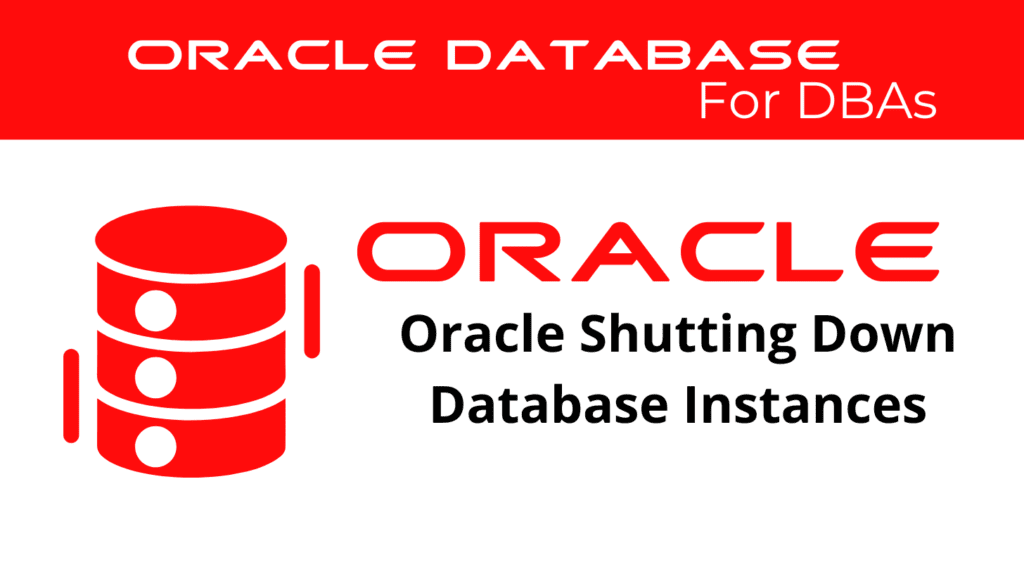
Shutting down Oracle database instances is a critical process to ensure data integrity and system stability. This guide provides a comprehensive overview of the Oracle shutdown process and Oracle instance shutdown, detailing essential steps and best practices.
Oracle Shutdown Process
The Oracle shutdown process involves safely stopping database operations, ensuring all data is saved, and terminating all sessions. This process prevents data corruption and maintains database integrity.
For a basic shutdown, use the following command:
SHUTDOWN;
Oracle offers different shutdown modes such as NORMAL, IMMEDIATE, TRANSACTIONAL, and ABORT, each serving specific needs:
- SHUTDOWN NORMAL: Waits for all users to disconnect.
- SHUTDOWN IMMEDIATE: Disconnects users and rolls back active transactions.
- SHUTDOWN TRANSACTIONAL: Waits for active transactions to complete.
- SHUTDOWN ABORT: Forces an immediate shutdown without waiting for users.
Oracle Stop Instance
instance shutdown focuses on stopping the database instance and releasing allocated resources. This ensures that the database environment is properly closed and ready for the next startup.
For an immediate shutdown, use:
SHUTDOWN IMMEDIATE;
For a transactional shutdown:
SHUTDOWN TRANSACTIONAL;
Using these commands ensures that the instance stops correctly, maintaining data integrity and system stability.
📢 You might also like: Using Oracle Dynamic Performance Views (Category: Oracle Database Admin)
Oracle Shutdown
Oracle stopping instances involves safely terminating the instance processes. This includes stopping background processes and releasing memory. Properly stopping instances prevents potential issues during the next startup.
For an abortive shutdown:
SHUTDOWN ABORT;
Use this command cautiously, as it does not wait for transactions to complete, which can lead to recovery processes during the next startup.
Database Termination
Oracle Shutdown Process Oracle database termination is the final step in shutting down the database. This process ensures all database operations have ceased and the database is in a consistent state.
For a normal shutdown:
SHUTDOWN NORMAL;
This command waits for all users to disconnect, ensuring a clean shutdown.
Using these commands and understanding their implications helps maintain a stable and reliable Oracle database environment.
See more on Oracle’s website!
Conclusion
Shutting down Oracle database instances is a fundamental part of database administration. By following the steps and best practices for the Oracle shutdown process and Oracle instance shutdown, administrators can ensure data integrity and system stability. This guide provides a comprehensive overview of shutting down Oracle database instances, helping administrators manage their systems effectively.
Be Oracle Database Certified Professional, this world is full of opportunities for qualified DBAs!





